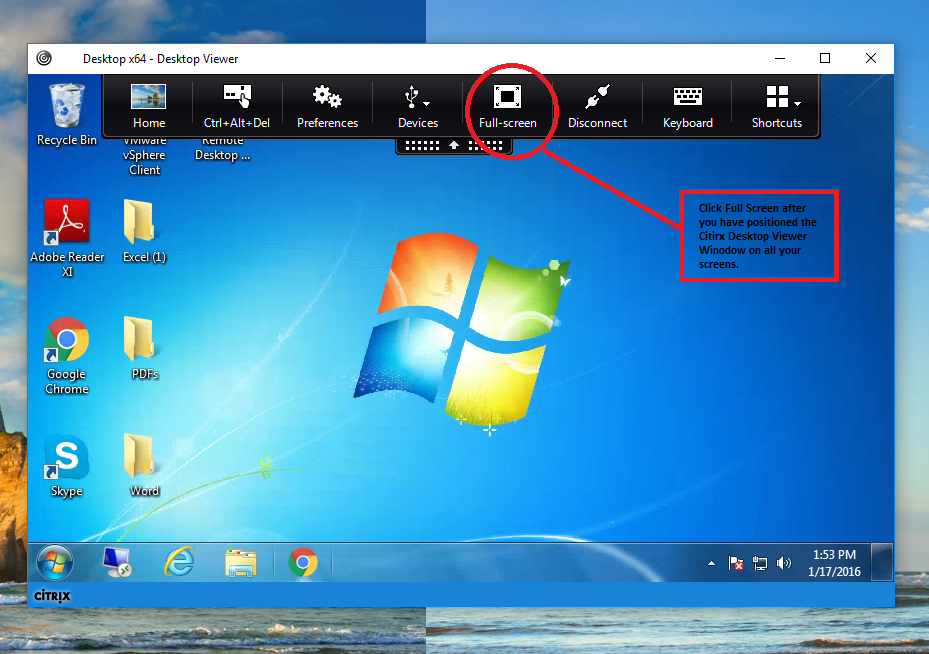

The View by clicking in the middle of the View Controller and adjust theīackground color using the Properties Pad:Īdd an Image View to the Launch Screen and set its source Image: Set the Background color of the View Controller's main View. Orientations unless the Edit Traits button has been used to Newly added constraints are applied across all devices and Note that selecting a device and orientation only changes how the iOSĭesigner previews the design.Open the device selection panel on theīottom toolbar and select iPhone 4S and Portrait. Open LaunchScreen.storyboard for editing by double-clicking it in theĬhoose a device and orientation on which to preview the Launch Screen For more information, see theĪdding Images to an Asset Catalog Image Set LaunchScreen.storyboard as its Launch Screen.Īdd an image to the Assets.xcassets Asset Catalog so that it isĪvailable for use on the Launch Screen.

By default, a new Project is configured to use.Set to the name of the appropriate Storyboard: In the Launch Images section, make sure that Launch Screen is.Double-click the ist file in the Solution Pad to open.Name the file LaunchScreen or another name of your choosing.Ĭonfigure the Project to use the appropriate Storyboard for its Launch.Right-click on the project name in the Solution Pad and chooseĪdd > New File. To instead add a Launch Screen Storyboard to an existing project,.By default, a new Project includes a LaunchScreen.storyboard file that.Solution and then choosing Single View App: In Visual Studio for Mac, create a new project by selecting File > New By using Size Classes and Auto Layout, the developer can create a single launch screen that looks good on all devices and display environments. When creating a launch Storyboard in the iOS Designer, use Size Classes and Auto Layout to define different layouts for different display environments. In iOS 8 (and later), the developer can create a special Unified Storyboard to provide the Launch Screen instead of using one or more static launch images.

Make image view for mac full screen xcode how to#
It then demonstrates how to use the iOSĭesigner to add an Image View and a Label to the Storyboard, to setĬonstraints on those views, and to verify that the Storyboard looks correct Storyboard provided by default in a new Project or with a Storyboard added This brief walkthrough describes how to create a Launch Screen with either a Since the release of iOSĨ, however, it has been possible to use a single Unified Storyboard toĬreate a Launch Screen that looks correct in all cases. For more information, see Designing user interfaces with Xcode.īefore iOS 8, creating a Launch Screen for an iOS app required theĭeveloper to provide an image asset for each of the various device formįactors and resolutions in which the app could run. The recommended way to build iOS user interfaces is directly on a Mac running Xcode. Removed in Visual Studio 2019 version 16.9 and Visual Studio for Mac version 8.9. The camera service will be the component in charge to use all the AVFoundation classes needed to connect to the iPhone’s camera and capture that amazing shot you’ve been waiting for.The iOS Designer was deprecated in Visual Studio 2019 version 16.8 and Visual Studio 2019 for Mac version 8.8, and You’ll review the methods it contains later in the tutorial. Go to Project Name folder and Open Main.storyboard file. You can use an overlay view to present a custom view hierarchy on top of the default image picker interface. A rect is defined by four properties: x, y, width, and height. Found insideAs you’ve come to expect from Uncle Bob, this book is packed with direct, no-nonsense solutions for the real challenges you’ll face–the ones that will make or break your projects. photo sharing app about 71 app, creating 74-78 camera, using 72 custom UIView 72 edition space, developing 83-88 picture, . Found inside – Open Weather Map service 26. Open camera in uiview swift Bool /// Determines whether or not the rotation is enabled.


 0 kommentar(er)
0 kommentar(er)
